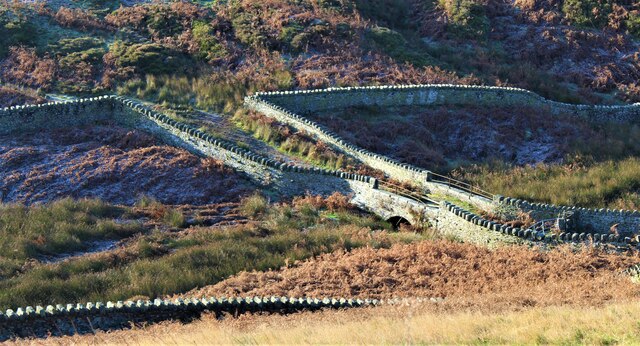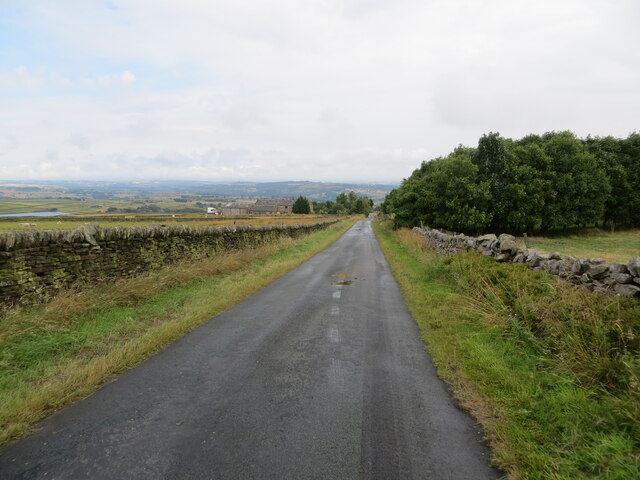Boshaw Whams Reservoir
Lake, Pool, Pond, Freshwater Marsh in Yorkshire
England
Boshaw Whams Reservoir
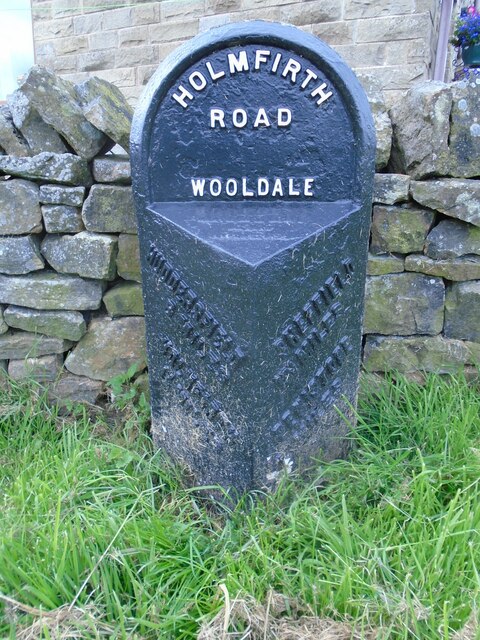
Boshaw Whams Reservoir is a freshwater marsh located in Yorkshire, England. The reservoir covers an area of approximately 20 acres and is surrounded by lush greenery and diverse wildlife. The marsh is fed by natural springs and streams, providing a habitat for a variety of aquatic plants and animals.
The reservoir is a popular spot for birdwatching, with a range of bird species such as swans, ducks, and herons frequenting the area. Visitors can also spot other wildlife such as frogs, dragonflies, and butterflies around the marsh.
The calm and tranquil atmosphere of Boshaw Whams Reservoir makes it a peaceful retreat for nature lovers and outdoor enthusiasts. The marsh is a great place for leisurely walks, birdwatching, and photography. There are also picnic areas and benches where visitors can relax and enjoy the natural surroundings.
Overall, Boshaw Whams Reservoir is a beautiful and serene natural area in Yorkshire, offering a peaceful escape from the hustle and bustle of city life.
If you have any feedback on the listing, please let us know in the comments section below.
Boshaw Whams Reservoir Images
Images are sourced within 2km of 53.547757/-1.7733992 or Grid Reference SE1505. Thanks to Geograph Open Source API. All images are credited.

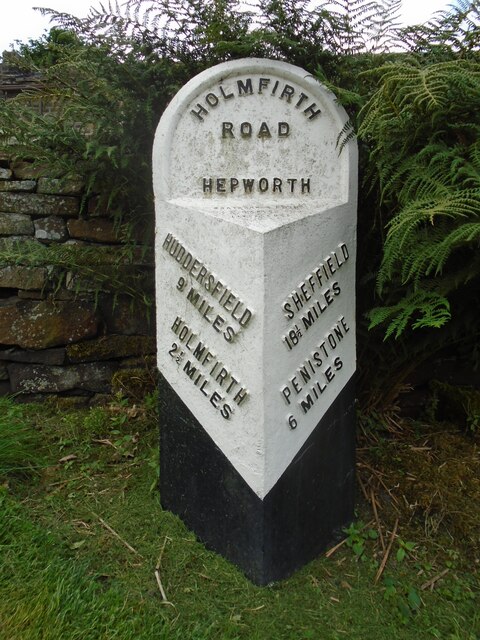
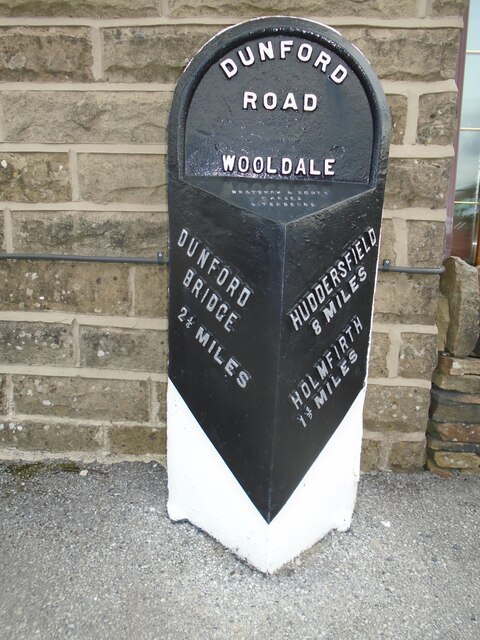
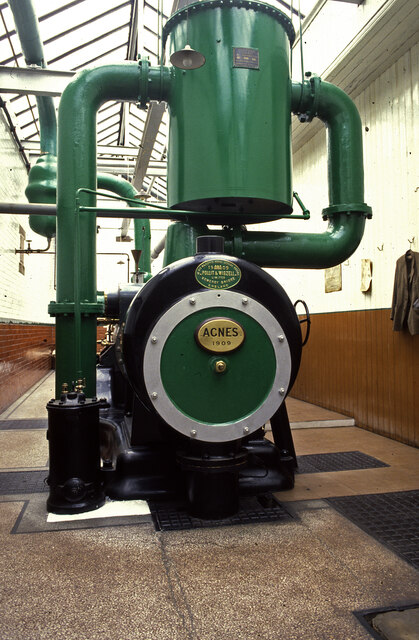
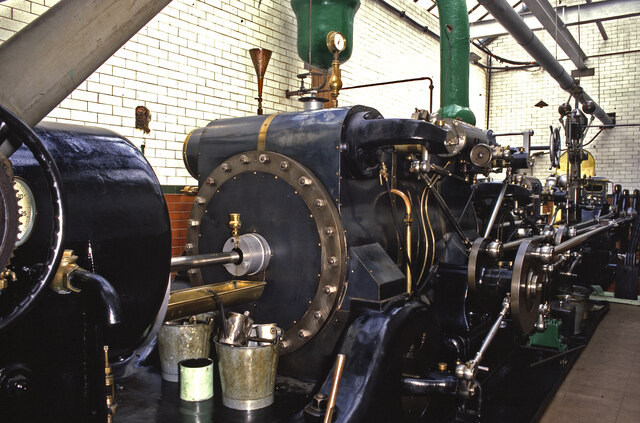
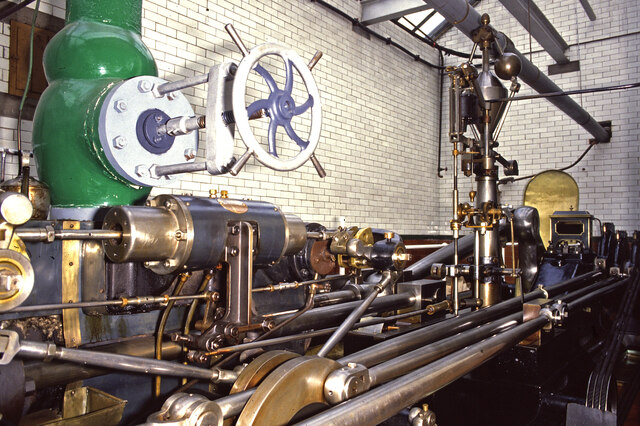
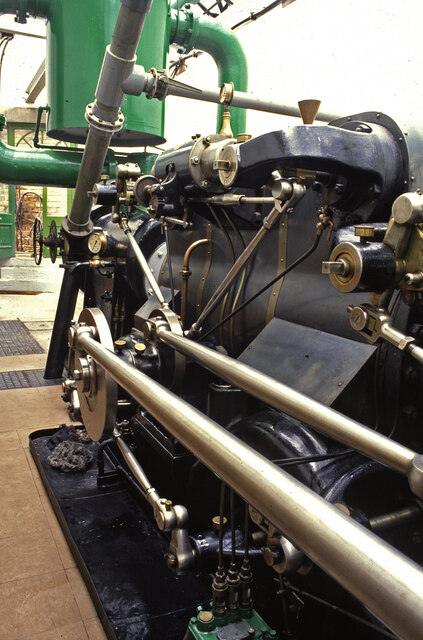
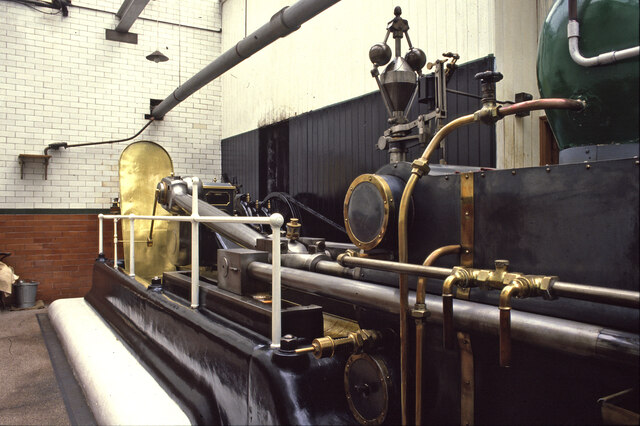
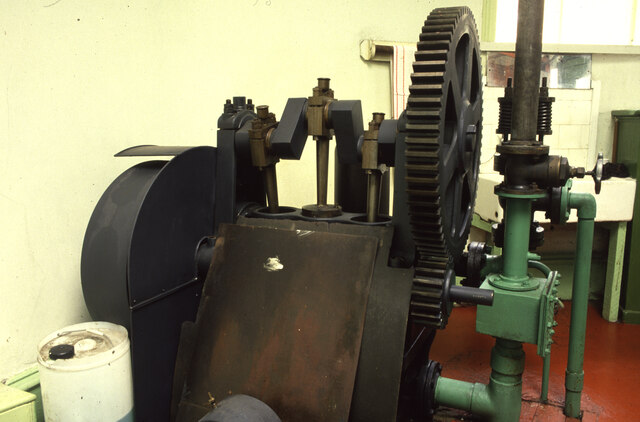
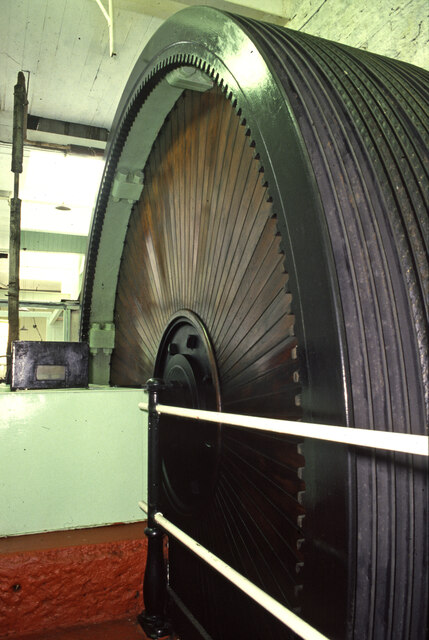
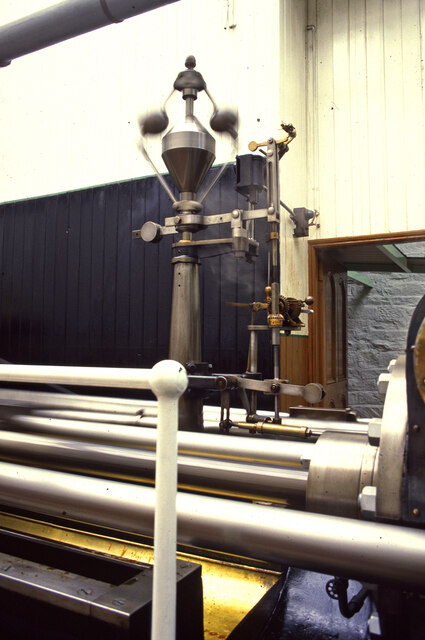
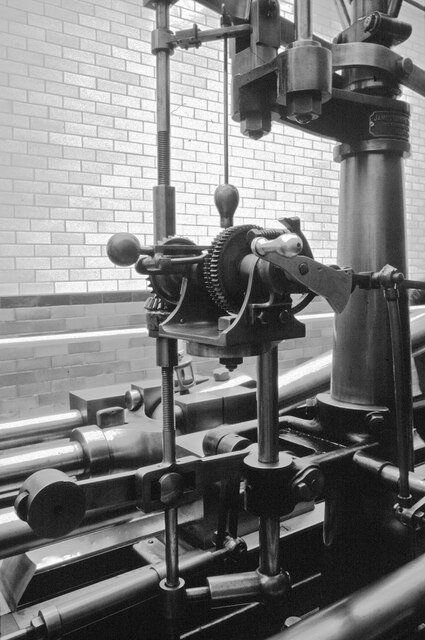
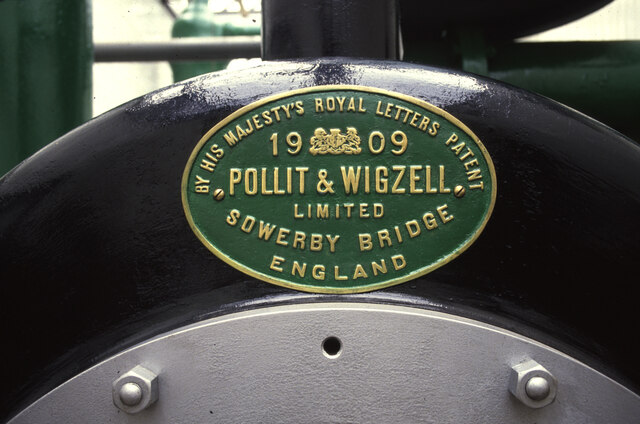
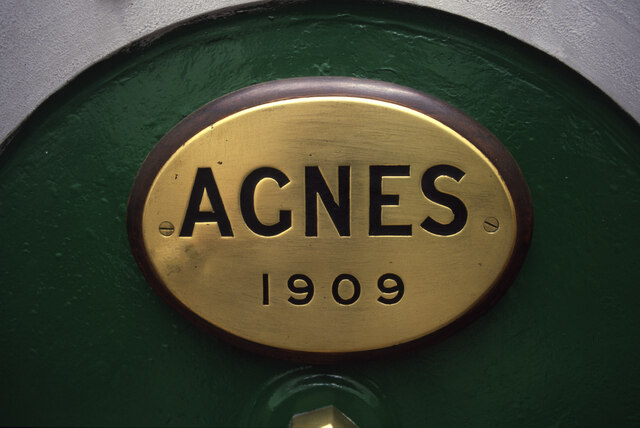
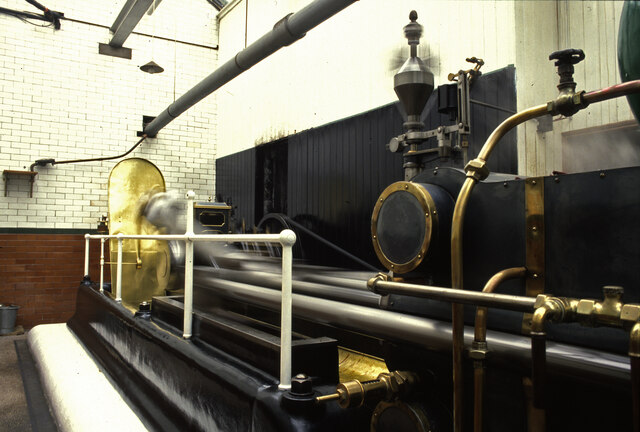
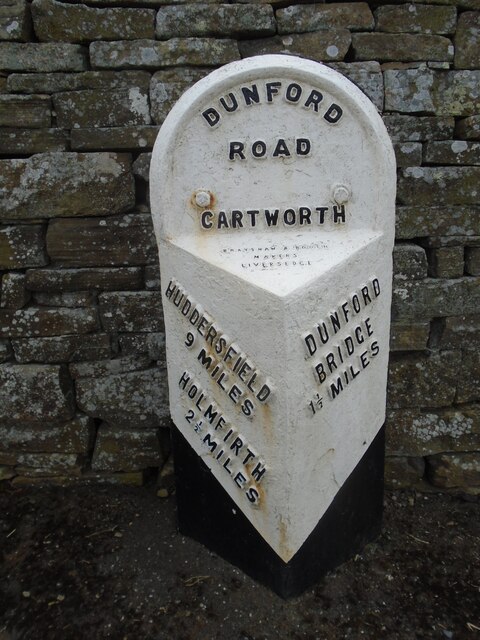
Boshaw Whams Reservoir is located at Grid Ref: SE1505 (Lat: 53.547757, Lng: -1.7733992)
Division: West Riding
Unitary Authority: Kirklees
Police Authority: West Yorkshire
What 3 Words
///marketing.animals.realm. Near Holmfirth, West Yorkshire
Nearby Locations
Related Wikis
Hade Edge
Hade Edge is a small village to the south of Holmfirth and southeast of Hepworth in West Yorkshire, England. It is in the parish of Holme Valley and the...
Arrunden
Arrunden is a hamlet in the civil parish of Holme Valley, West Yorkshire, England. It is located 1.3 miles (2.1 km) south-southwest of Holmfirth. ��2...
Hepworth, West Yorkshire
Hepworth is a village and former civil parish, now in the parish of Holme Valley, in the metropolitan borough of Kirklees, in West Yorkshire, England....
Scholes, Holme Valley
Scholes is a village and former civil parish, now in the parish of Holme Valley, in Kirklees, West Yorkshire, England. It is situated 1 mile (2 km) to...
Nearby Amenities
Located within 500m of 53.547757,-1.7733992Have you been to Boshaw Whams Reservoir?
Leave your review of Boshaw Whams Reservoir below (or comments, questions and feedback).
